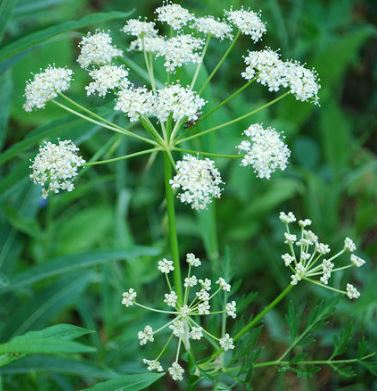- +033 2572 7171
- info@dhanvantary.com

4.5 Rating | 4500 Review

4.5 Rating | 4500 Review
Carum carvi is biennial plant belongs to Apiceae or Umbliferrae family. Appearance of Plant is similar to carrot plant with finely divided feathery leaves with thread like divisions, growing on 20-30 cm stem. The main flower stem is 40-60 cm long having small white or pink flowers in umbels. In India fruits consists of three different species- C. carvi (large and laterally compressed fruits), C. gracile (smaller and dorsally sub compressed fruits) and C. bulbocastanum (smaller and darker fruits).

Caraway fruits are (also called seeds) crescent shaped achenes, around 2mm long, with five pale ridges. Its root is considered as tap root and grows in a slender form about 8-9 inches ling. It is yellow in color and when cooked it turns into rich creamy white color.
Botanical name
Carum carvi
Kingdom
Plantae
Sub kingdom
Viridiplantae
Division
Tracheophyta
Class
Plantae
Order
Apiaceae
Genus
Carum
Species
Carvi
Order
Apiales
Family
Umbelliferae
This plant grows in north Himalayan regions. It is cultivated in plains during cold season and in hills like Kashmir, Chamba, Garhwal as summer crop at 3000-4000 meters attitude.
Vernacular Names
|
Hindi / Sanskrit |
English |
||
|
Rasa |
Katu |
Taste |
Pungent |
|
Guna |
Laghu, Rooksha |
Physical Property |
Light, dry |
|
Virya |
Ushna |
Potency |
Hot |
|
Vipaka |
Katu |
Metabolic Property (After Digestion) |
Pungent |
It is Kaphavatahara that helps to pacifying the vitiated kapha and Vatadoshas and increases pitta doshas in body.
Fruit, Seeds
1/2- 2 gm
